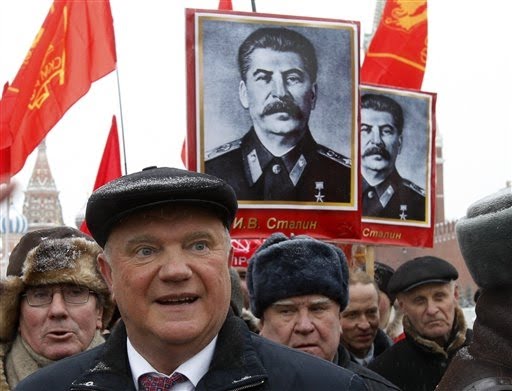Jews own your ass, bitch!
+1
PS
Anti-Jewish pogroms in the Russian Empire (Russian: Еврейские погромы в России; (Hebrew: הסופות בנגב; "Storms in the Negev") were large-scale, targeted, and repeated anti-Jewish rioting that first began in the 19th century. Pogroms began occurring after the Russian Empire, which previously had very few Jews, acquired territories with large Jewish populations from the Polish–Lithuanian Commonwealth during 1791–1835. These territories were designated "the Pale of Settlement" by the Imperial Russian government, within which Jews were reluctantly permitted to live, and it was within them that the pogroms largely took place. Most Jews were forbidden from moving to other parts of the Empire, unless they converted to the Russian Orthodox state religion.
The
Russian Empire, which previously had very few Jews, acquired territories with the
large Jewish populations during the military
Partitions of the Polish–Lithuanian Commonwealth in 1772, 1793, and 1795 conducted jointly with
the Austrian and
Prussian armies, and resulting in Poland's elimination from the geopolitical map of Europe for the next 123 years.
[20] In conquered territories, a new political entity called
Pale of Settlement was formed in 1791 by
Catherine the Great. Most Jewish people from the former Commonwealth were only allowed to reside within the Pale, including families expelled by royal decree from St. Petersburg, Moscow, and other big Russian cities.
[21] The 1821
Odessa pogroms marked the beginning of the 19th century pogroms in Tsarist Russia; there were four more such pogroms in
Odessa before the end of the century. Following the assassination of
Alexander II in 1881 by
Narodnaya Volya – blamed on the Jews by the Russian government, anti-Jewish events turned into a wave of over 200 pogroms by their modern definition, which lasted for several years.
[22][23] Jewish self-governing
Kehilla were abolished by
Tsar Nicholas I in 1844.
[24]
The first, in the 20th century Russia, was the
Kishinev pogrom of 1903 in which 47 Jews were killed, hundreds wounded, 700 homes destroyed and 600 businesses pillaged.
[25] In the same year, pogroms took place in
Gomel (Belarus),
Smela,
Feodosiya and
Melitopol (Ukraine). Extreme savagery was demonstrated with mutilations of the wounded.
[26] They were followed by the
Zhitomir pogrom (with 29 killed),
[27] and the
Kiev pogrom of October 1905 resulting in a massacre of approximately 100 Jews.
[28] In three years between 1903 and 1906, about 660 pogroms were recorded in Ukraine and in Bessarabia; half a dozen more in Belorussia, carried out with the Russian government's complicity. There were no anti-Jewish pogroms recorded in Poland.
[26] At about that time, the
Jewish Labour Bund began organizing armed self-defence units ready to shoot, and the pogroms subsided for a number of years.
[28] According to professor
Colin Tatz, between 1881 and 1920, there were 1,326 pogroms in Ukraine (
see: Southwestern Krai parts of the Pale) which took the lives of 70,000 to 250,000 civilian Jews, leaving half a million homeless.
[29][30]
and
The Protocols of the Elders of Zion (
Russian: Протоколы сионских мудрецов) or
The Protocols of the Meetings of the Learned Elders of Zion is an
antisemitic fabricated text purporting to describe a
Jewish plan for global domination. The forgery was first published in
Russia in 1903, translated into multiple languages, and disseminated internationally in the early part of the 20th century. According to the claims made by some of its publishers, the
Protocols are the minutes of a late 19th-century meeting where Jewish leaders discussed their goal of global Jewish
hegemony by subverting the morals of
Gentiles, and by controlling the press and the world's economies.
Henry Ford funded printing of 500,000 copies that were distributed throughout the U.S. in the 1920s. The Nazis sometimes used the Protocols as propaganda against Jews; it was assigned by some German teachers, as if factual, to be read by German schoolchildren after the
Nazis came to power in 1933,
[1] despite having been exposed as fraudulent by
The Times of
London in 1921. It is still widely available today in numerous languages, in print and on the Internet, and continues to be presented by some proponents as a genuine document.

 your posts are impossible to read
your posts are impossible to read